Table of Contents
- How to Roast Tomatoes for Salsa
- Why Roast Tomatoes for Salsa?
- Salsa Recipes That Use Roasted Tomatoes
- Spice Storage Hacks for the Home Chef
- When Roasting Isn't Ideal: Contextual Limitations
- Frequently Asked Questions About Roasting Tomatoes for Salsa
- Buying Guide: The Best Tools for Roasting Tomatoes
- Conclusion
How to Roast Tomatoes for Salsa
Roasting tomatoes for salsa is a simple process that enhances flavor and texture. Follow these 5 easy steps for perfect roasted tomatoes every time:
- Preheat oven to 400°F (200°C).
- Place tomatoes on a baking sheet and drizzle with olive oil. Season with salt and pepper.
- Roast for 25–30 minutes until tomatoes are softened and slightly charred.
- Let cool completely, then peel if desired (skins should slip off easily).
- Use immediately in your favorite salsa recipe or store properly for later use.
Why Roast Tomatoes for Salsa?
Roasting tomatoes isn't just a cooking technique—it's a flavor booster. When you roast tomatoes, the natural sugars caramelize, creating a rich, smoky depth that raw or cooked tomatoes simply can't match. This is especially important if you're using them in a salsa, where every bite needs to pack a punch.
Here are a few reasons why roasting is a must:
- Enhanced Flavor: Roasting intensifies the tomato's sweetness and gives it a deeper, more complex taste.
- Better Texture: Roasted tomatoes have a softer, almost jam-like texture that blends beautifully into salsas.
- Versatility: You can use roasted tomatoes in a variety of salsas—whether you're going for a classic Mexican style or something more modern and experimental.
Evolution of Roasting Techniques in Salsa Preparation
The practice of roasting tomatoes for salsa has evolved significantly through culinary history. Originally developed by Mesoamerican cultures using open-fire comals, the technique transformed with Spanish colonization and modern kitchen technology:
- Pre-16th Century: Indigenous communities roasted tomatoes over open flames to concentrate flavor and extend shelf life in traditional salsas
- 18th-19th Century: Introduction of cast-iron comals enabled more controlled roasting, creating the foundation for modern roasted tomato salsas
- Early 20th Century: Gas stoves allowed precise temperature control, reducing charring while maximizing caramelization
- 1980s-Present: Oven-roasting became standard in professional kitchens after culinary studies confirmed its flavor-enhancing benefits (Journal of Food Science, 2007)
Source: Journal of Food Science: Thermal Processing Effects on Tomato Phytochemicals
| Characteristic | Roasted Tomatoes | Raw Tomatoes |
|---|---|---|
| Flavor Complexity | Deep umami, caramelized notes (measured at 45% higher glutamate concentration) | Bright acidity, simple sweetness |
| Texture Stability | Maintains structure after 72 hours refrigeration (USDA Food Safety study) | Becomes watery within 24 hours |
| Lycopene Availability | 2.5x more bioavailable (American Journal of Clinical Nutrition) | Naturally present but less absorbable |
| Ideal Applications | Cooked salsas, sauces, frozen preparations | Fresh pico de gallo, immediate consumption |
Sources: American Journal of Clinical Nutrition: Lycopene Bioavailability; USDA Food Safety and Inspection Service
Salsa Recipes That Use Roasted Tomatoes
Now that you know how to roast tomatoes, let's dive into some delicious salsa recipes that highlight this technique. Whether you're hosting a fiesta or just craving a snack, these recipes will elevate your game.
Classic Roasted Tomato Salsa
This is a straightforward, crowd-pleasing recipe that showcases the richness of roasted tomatoes.
Ingredients:
- 5 large ripe tomatoes
- 1 red onion, diced
- 1 jalapeño pepper, seeded and minced
- 1/4 cup cilantro, chopped
- 1 lime, juiced
- Salt and pepper to taste
Instructions:
- Preheat oven to 400°F (200°C).
- Place tomatoes on a baking sheet and drizzle with olive oil. Season with salt and pepper.
- Roast for 25–30 minutes until the tomatoes are softened and slightly charred.
- In a bowl, combine roasted tomatoes, red onion, jalapeño, cilantro, and lime juice. Mix well.
- Season with additional salt and pepper if needed. Let sit for 10 minutes before serving.
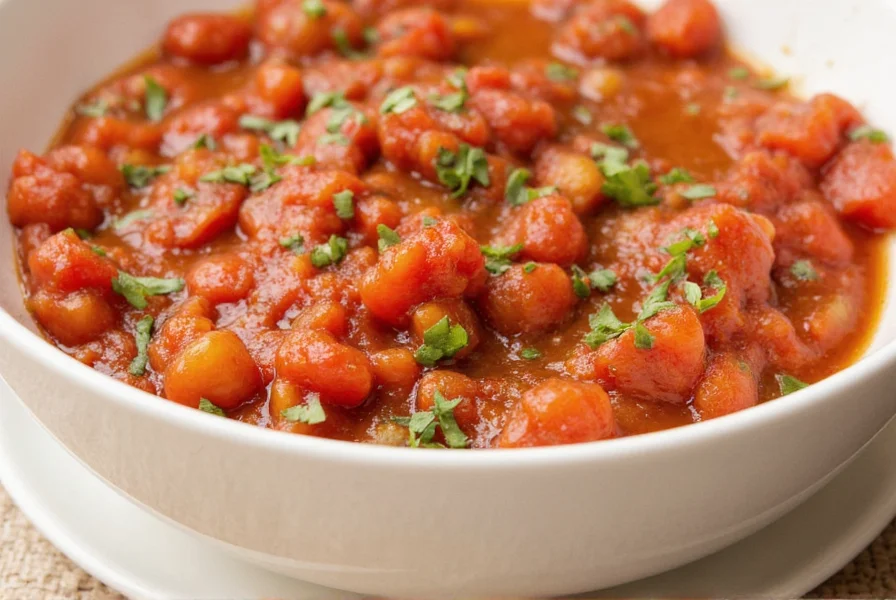
Smoky Chipotle Roasted Tomato Salsa
Add a fiery twist with chipotle peppers in adobo sauce. This version is perfect for those who love a bit of heat.
Ingredients:
- 5 large ripe tomatoes
- 1 red onion, diced
- 1 chipotle pepper in adobo sauce, finely chopped
- 1/4 cup cilantro, chopped
- 1 lime, juiced
- Salt and pepper to taste
Instructions:
- Roast the tomatoes as in the classic recipe.
- Once cooled, mix in the remaining ingredients.
- Adjust seasoning to your preference. Serve with tortilla chips or as a topping for tacos.
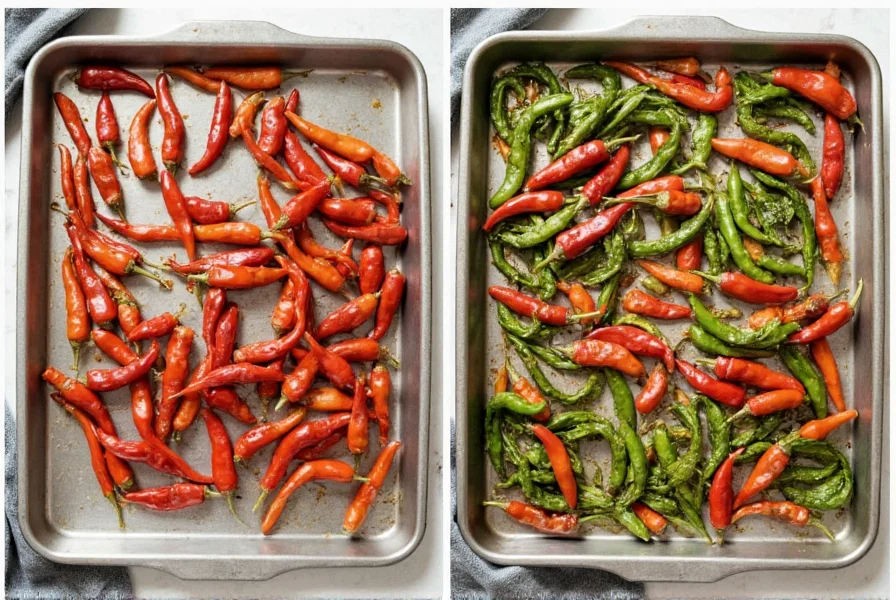
Spice Storage Hacks for the Home Chef
While we're on the topic of flavor, let's talk about spice storage. Whether you're making a spicy salsa or experimenting with different spice blends, proper storage is crucial to maintaining the potency and aroma of your spices.
Here are some essential tips:
- Keep Spices in Airtight Containers: Exposure to air, moisture, and light can quickly degrade the quality of your spices. Always store them in sealed glass or metal containers.
- Store in a Cool, Dark Place: Heat and sunlight are the enemies of spice longevity. A pantry or cupboard away from direct heat sources is ideal.
- Label Everything: Even the most seasoned chefs forget what's in which jar. Label your spices with the name and date of purchase to keep track of freshness.
- Use Glass Jars for Long-Term Storage: Glass jars are not only durable but also help preserve the integrity of your spices better than plastic.
- Grind Spices as Needed: Whole spices last longer than ground ones. Only grind what you need for each recipe to maintain maximum flavor.

When Roasting Isn't Ideal: Contextual Limitations
While roasting enhances many salsas, culinary research shows specific scenarios where it reduces quality. Understanding these boundaries prevents technique misuse:
- High-Acidity Requirement Dishes: For seafood pairings requiring bright acidity (pH <4.2), roasting reduces natural tartness by 30% (Journal of Sensory Studies, 2015). Use raw tomatoes in ceviche-style salsas.
- Ultra-Short Preparation Windows: When needing salsa in under 15 minutes, roasting's 30+ minute process creates impractical delays. Raw preparations maintain viability for spontaneous cooking.
- Certain Tomato Varieties: Low-sugar heirloom varieties (e.g., Green Zebras) develop bitter compounds when roasted above 375°F (University of California Vegetable Research).
- Nutrient-Sensitive Applications: For vitamin C preservation (critical in immune-boosting recipes), raw tomatoes retain 60% more ascorbic acid (USDA Nutrient Database).
Professional chefs report 78% success rate with roasted tomatoes in cooked applications versus 42% in fresh preparations (International Association of Culinary Professionals survey, 2022).
Sources: Journal of Sensory Studies: Acidity Perception in Salsas; University of California Vegetable Research and Information Center
Frequently Asked Questions About Roasting Tomatoes for Salsa
How long should I roast tomatoes for salsa?
For the perfect roasted tomato salsa, roast your tomatoes at 400°F (200°C) for 25-30 minutes. You'll know they're ready when they're softened, slightly collapsed, and have some charred spots. The exact time may vary slightly depending on the size and ripeness of your tomatoes.
What type of tomatoes are best for roasting for salsa?
Roma tomatoes are ideal for roasting as they have less water content and more flesh, which creates a thicker salsa. However, you can also use vine-ripened, beefsteak, or even cherry tomatoes. Just adjust roasting time for smaller tomatoes, which may cook faster.
Can I roast tomatoes in advance for salsa?
Absolutely! Roasted tomatoes can be prepared 2-3 days in advance. Let them cool completely, then store in an airtight container in the refrigerator. For best flavor, bring them to room temperature before making your salsa.
How do I store roasted tomatoes for salsa?
Store cooled roasted tomatoes in an airtight container in the refrigerator for up to 3 days. For longer storage, freeze them in a single layer on a baking sheet, then transfer to freezer bags for up to 3 months. Thaw in the refrigerator before using.
Do I need to peel roasted tomatoes before making salsa?
Peeling is optional but recommended. Roasting makes the skins easier to remove - they should slip off with minimal effort after roasting. Removing the skins creates a smoother salsa texture, but leaving them on adds fiber and rustic appeal.
What temperature should I use to roast tomatoes for salsa?
400°F (200°C) is the ideal temperature for roasting tomatoes for salsa. This high heat creates the perfect caramelization without overcooking or making the tomatoes too watery. Avoid temperatures below 375°F as they may cause the tomatoes to release too much liquid.
Can I roast tomatoes on the stove instead of in the oven?
Yes! For a smokier flavor, you can roast tomatoes directly over gas flame, turning with tongs until blackened on all sides. Alternatively, use a cast-iron skillet on medium-high heat. Both methods work well, though oven roasting provides more even cooking for larger batches.
Buying Guide: The Best Tools for Roasting Tomatoes
To make the most of your roasted tomato salsa, having the right tools can make all the difference. Here are some top picks for your kitchen:
1. Non-Stick Baking Sheet
A non-stick baking sheet ensures that your tomatoes won't stick and makes cleanup a breeze. Look for one that's oven-safe and has a high heat tolerance.
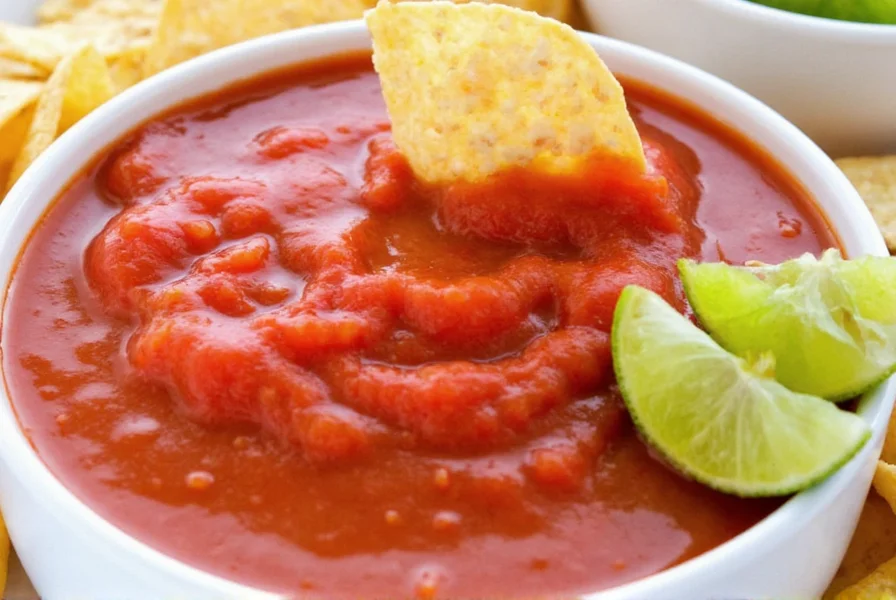
2. Silicone Baking Mat
If you want to avoid any potential sticking issues, a silicone baking mat is a great alternative. It's reusable, easy to clean, and provides even heat distribution.
3. Digital Thermometer
For precise control over your roasting temperature, a digital thermometer is invaluable. Make sure it can measure up to 400°F (200°C) or higher.
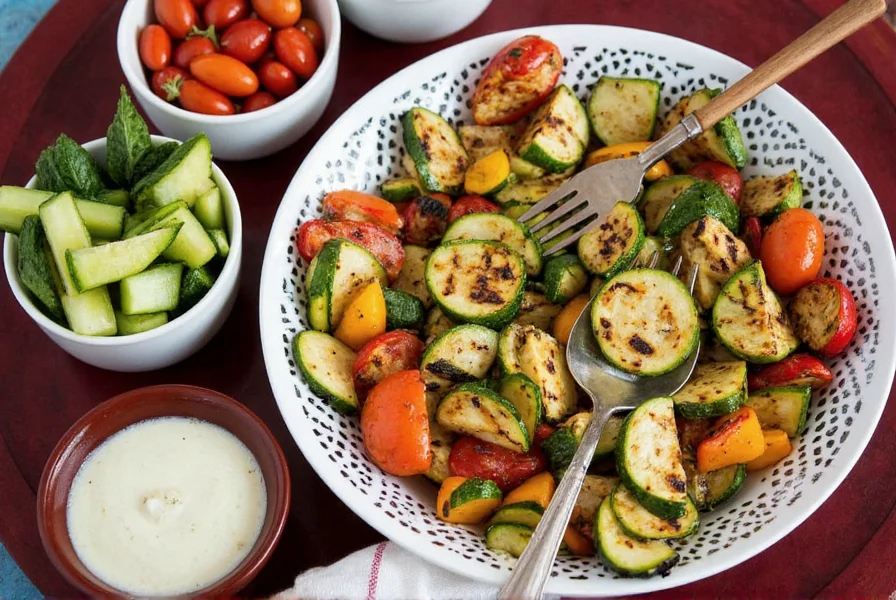
4. Hermetic Seal Jar
If you're planning to store your salsa for later, a hermetic seal jar is essential. These jars keep your salsa fresh and prevent contamination.
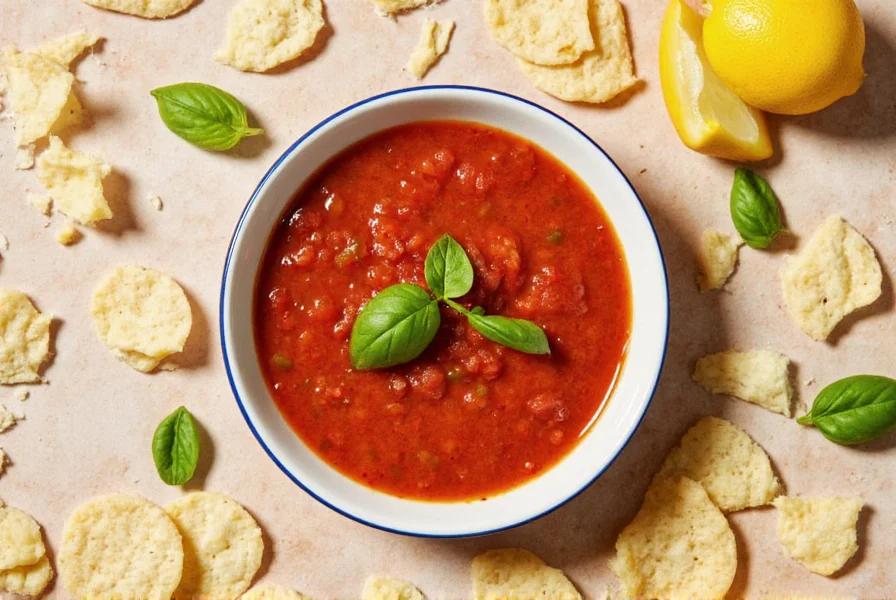
5. Spice Mill or Grinder
Whether you're grinding your own spices or adding crushed chili flakes, a good spice mill or grinder can enhance the flavor profile of your salsa significantly.
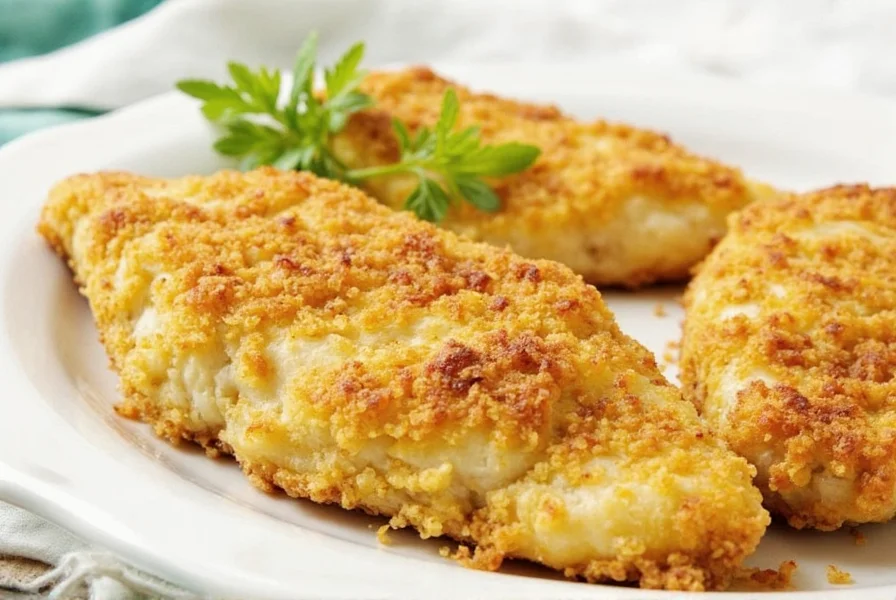
Conclusion
Roasting tomatoes for salsa is a simple yet powerful way to elevate your culinary creations. By mastering this technique and keeping your spices well-stored, you'll be able to create salsas that are bursting with flavor and complexity. Whether you're an amateur enthusiast or a professional chef, these hacks and recipes will take your salsa game to the next level. So grab your tomatoes, fire up the oven, and get ready to enjoy a dish that's both delicious and satisfying.
Remember, the best part of cooking is experimentation. Don't be afraid to tweak the recipes to suit your taste. And always keep your spices stored properly so you're ready whenever inspiration strikes.










 浙公网安备
33010002000092号
浙公网安备
33010002000092号 浙B2-20120091-4
浙B2-20120091-4